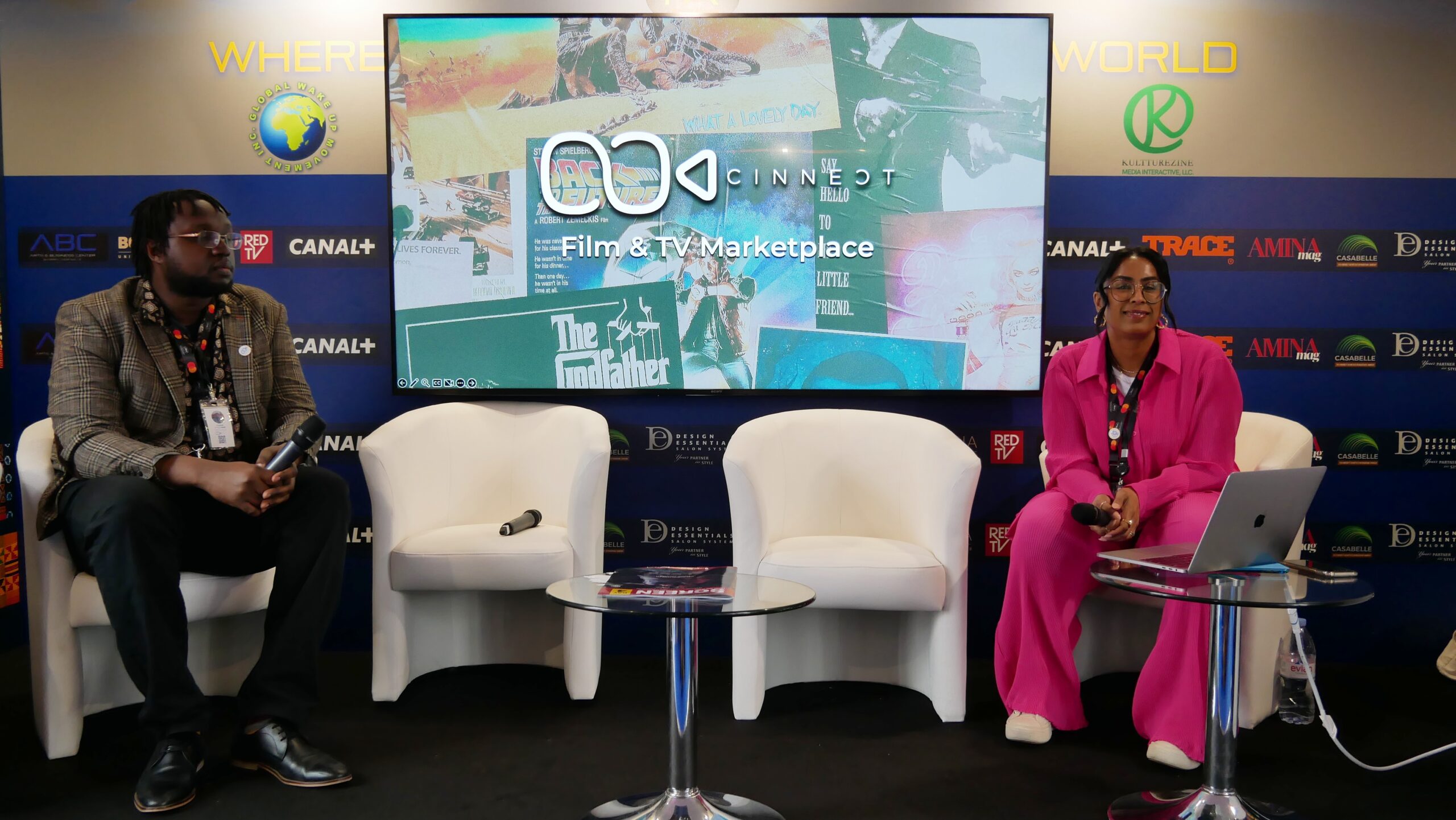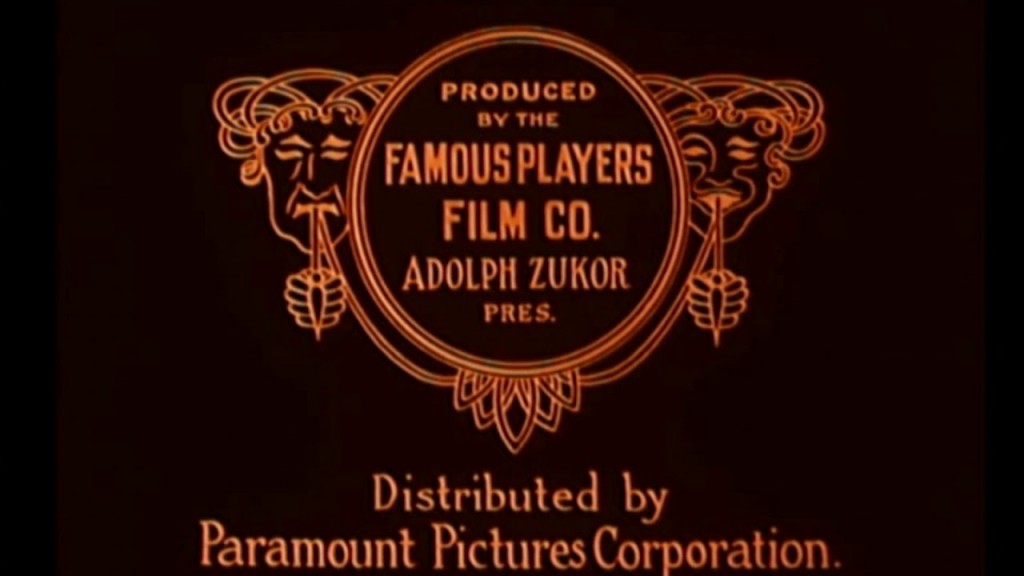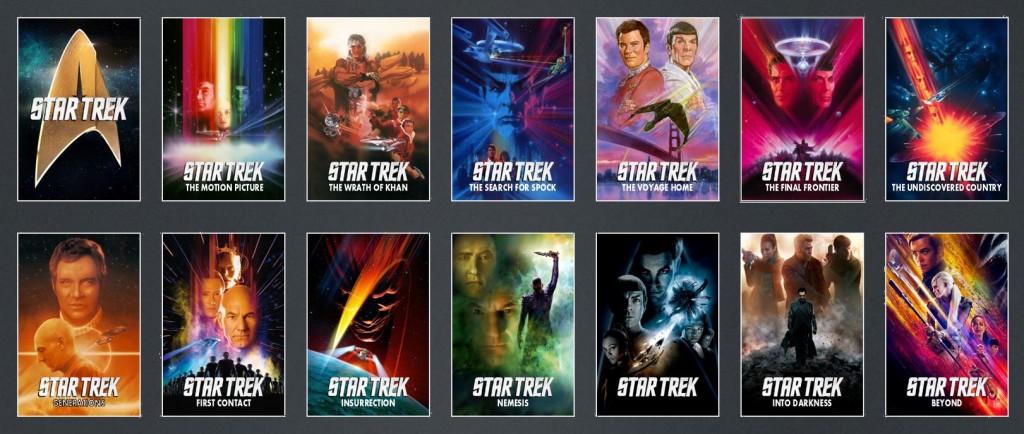Each passing technological revolution (within the media space) has seen file types have facilitated the development of that technology. The Napster peer to peer media boom of the late 90s wouldn’t have been possible without mp3s, the file type allowed for audio to be compressed and encoded in more manageable file sizes that made use of P2P networks. The traditional film reel for movie theatres was usurped by the much more efficient Digital Cinema Package, increasing efficiency and cost in delivering movies to cinemas – whilst retaining the quality of the picture and being rich in metadata to allow for better tracking of films. “Web 3” is no different in this regard. The Web3 & NFT space has great promise: from better ownership of rights, better distribution of content, security and verification of identity. However for web 3 and NFTS to truly work more thought needs to be given to how new technology is made easier for the end-user and if NFTs are going to exist in any meaningful way for media applications, our beloved mp3s and mp4s need to be upgraded. We need to create a new set of Web 3 File Types (W3FTs).
The fundamental issue with the web3 space is that the NFT metadata and the media file itself exist separately and are poorly linked – which is partly what has given rise to the “right-clicker mentality”. We need new picture, audio and video formats, ones that are richer in metadata that can encode corresponding NFT information to which they relate to. The media files: be it a picture, audio or video rather than being static, will need need to be able to communicate back to the blockchain about how it’s being interacted with. In short, whether used on a local or a web 3 application a new set of W3FTs will be able to improve the overall user experience for blockchain-based media.
Some key benefits we might see with W3FTs:
Security: with a new set of W3FTs and applications that support them, we will be able to better reduce piracy of content, allowing only the people who have rights to access the content to view it. Web 3 browsers are a key growth area, having W3FTs can bring about a better native browsing experience.
Unique User Experiences: What if you wanted to thank your top supporters, who have streamed your movie, music or read your work? A W3FT may have the ability to know which user (wallet address or Web 3 id) has interacted with it and communicate this back through the blockchain to the rights owner. The rights owner can then easily distribute prizes, gifts, thank-you’s etc to these supporters; or even unlock hidden content to the users once milestones have been reached.
Upgradable Media Assets: Having media formats that can be upgraded to reflect an upgrade in a blockchain/token standard can ensure “evergreen” web3 media file types.
Web3 is a fractured space with a lot of potential. A lack of seamless interoperability between blockchains and continually changing token standards will mean developing the framework for these much-needed new media file types in a way that is chain agonistic – and then getting them widely adopted – will take many years (and failed attempts). However, we’ve already seen the potential of this type of innovation through the first generation of programmable NFTs. It will require the crypto community to collaborate in a way not seen before to develop these new file standards.
In launching our film & TV licensing platform, Cinnect, our vision is to be part of this new ecosystem, one that can better connect content owners with the rest of the world in new and exciting ways.










